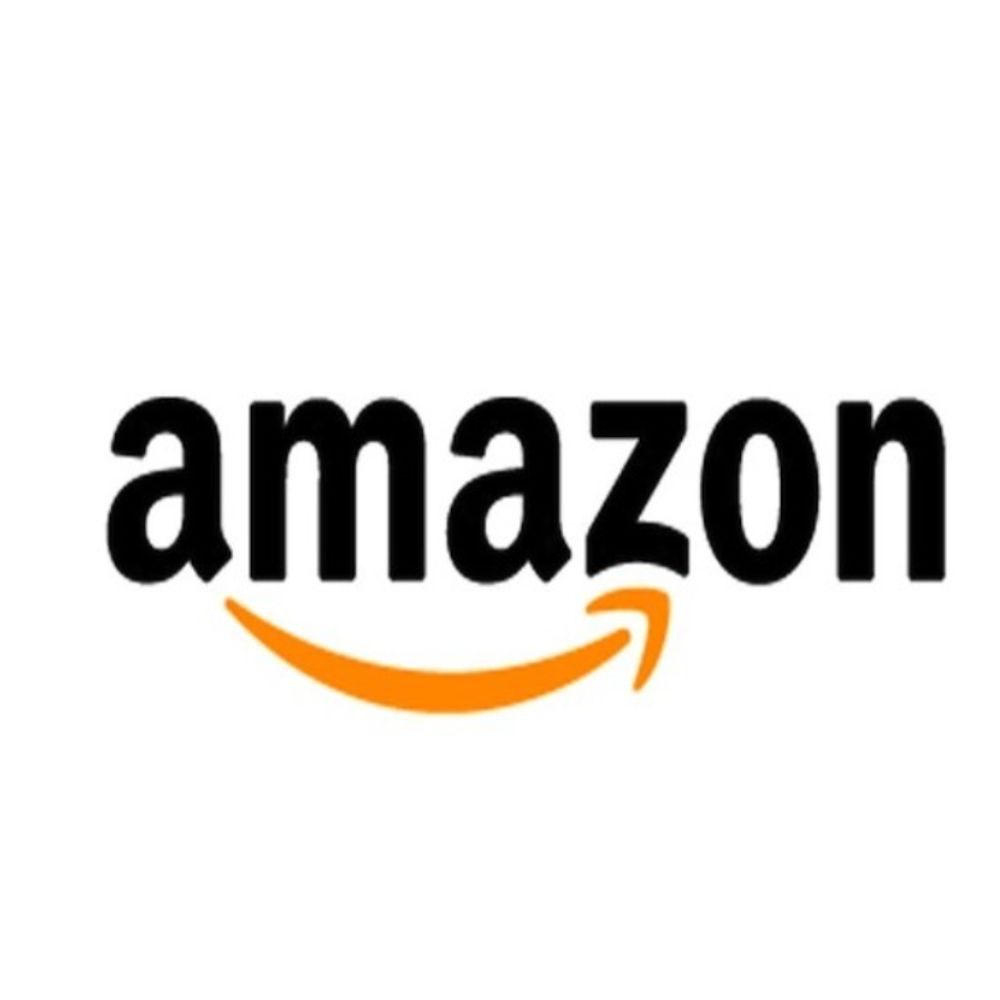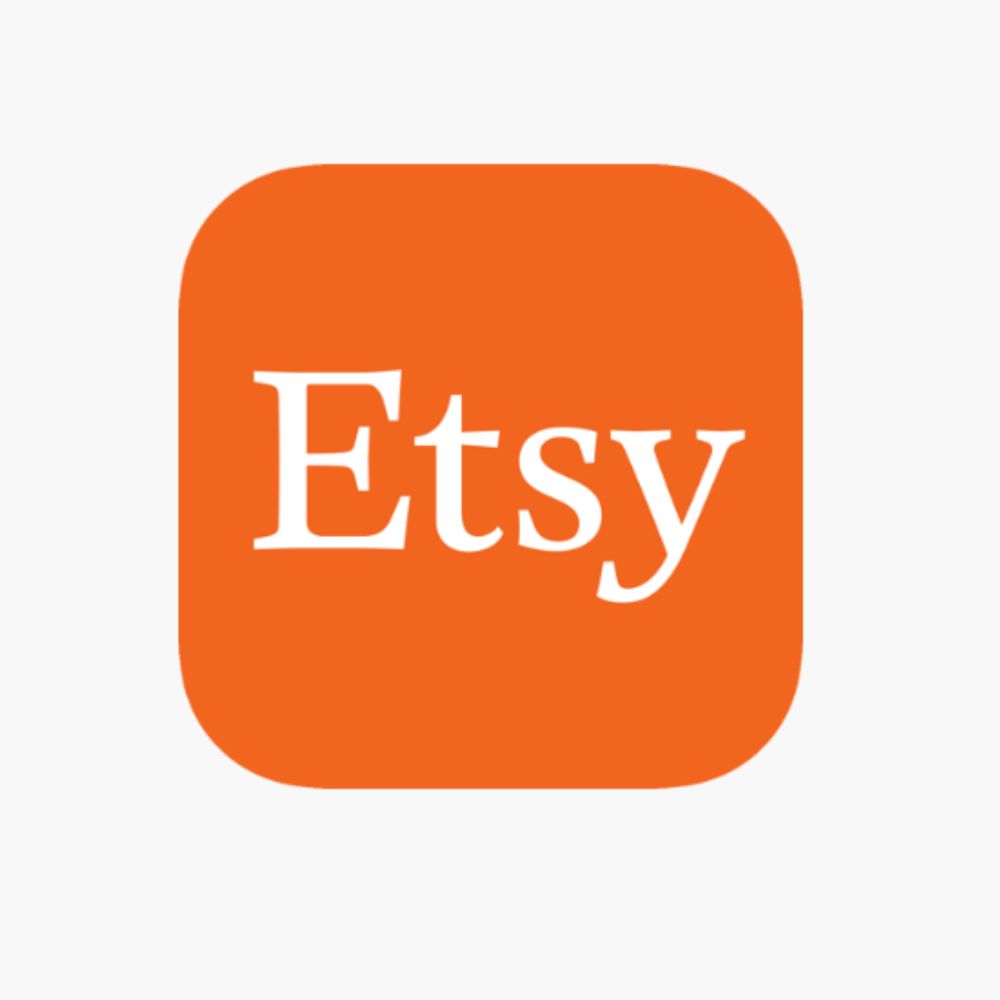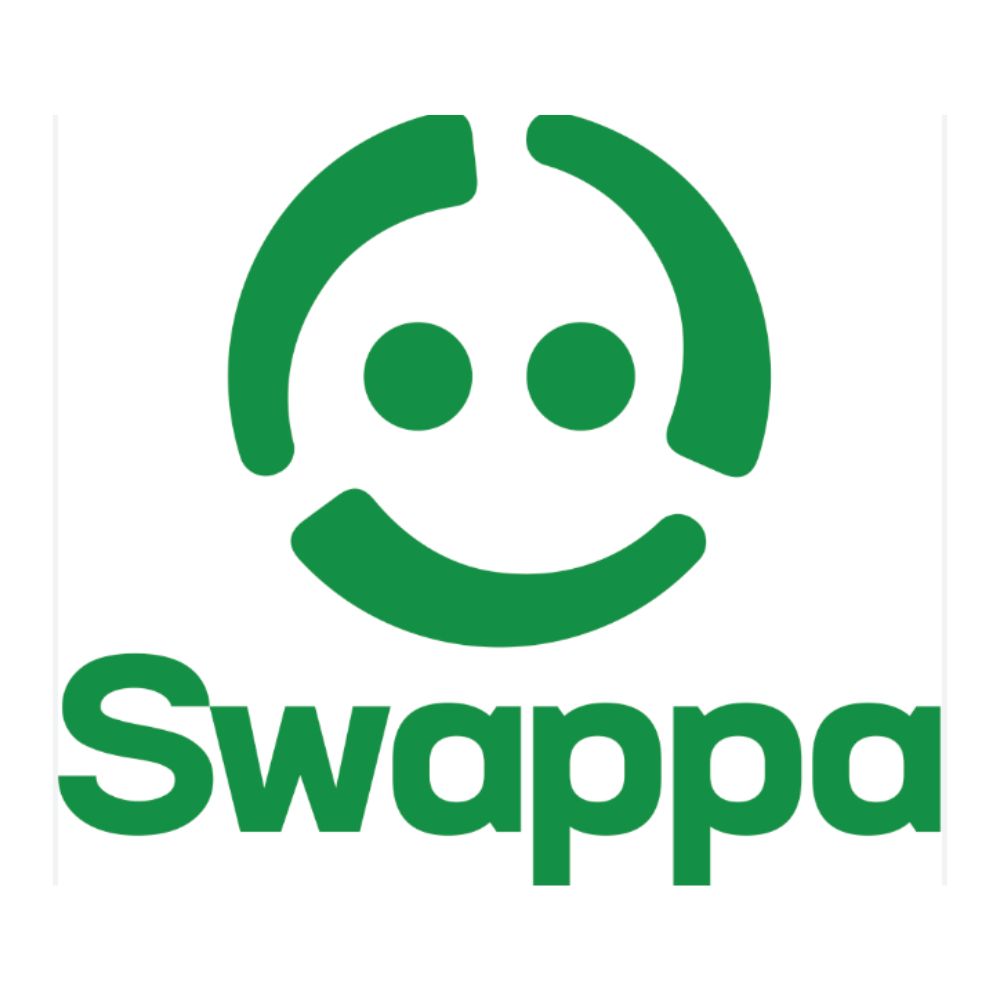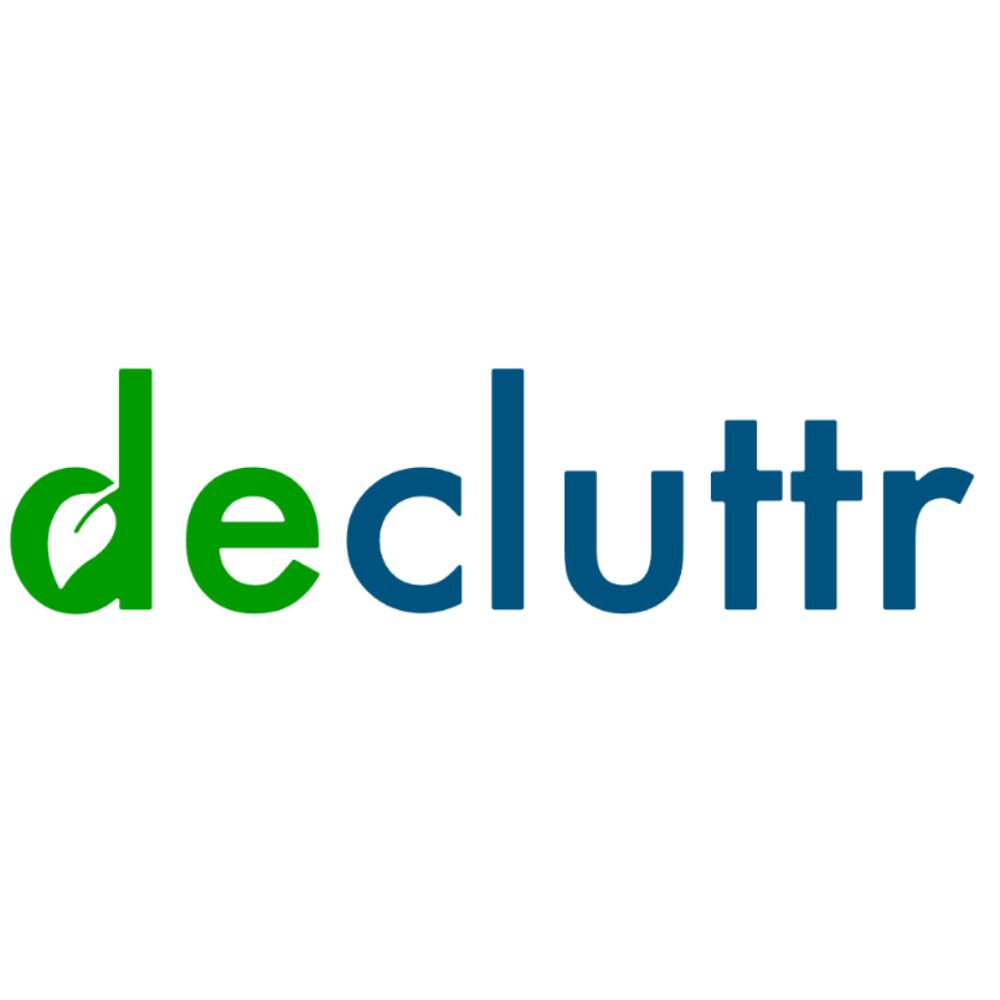
In the rapidly expanding realm of online selling, small business owners and entrepreneurs often ponder the decision to venture into online marketplaces.
Today, the market offers a plethora of options for selling products online. Some cater to specific niches like video games and tech, while others serve as versatile platforms for everything from clothing to furniture.

While the advantages of selling through online marketplaces are evident, it’s crucial to weigh factors such as commissions and transaction fees when choosing the right platform for your business. In this concise guide, we’ll walk you through some of the top online selling platforms.
We’ll explore the benefits of launching your own online store and how combining both approaches can help you tap into new customer segments and drive higher online sales.
Building Your Unique Storefront For Online Selling

Creating your own online store might seem daunting, but when executed effectively, it can yield substantial rewards. The only downside is the need to independently market your business and attract visitors to your site, a process that may take some time.
However, the major advantage lies in retaining the entirety of your profits. With no ongoing fees per sale and the freedom to set your own rules, you have greater control over your business trajectory. If you’re intrigued by the idea, here’s a step-by-step approach to constructing your own website.
Leading Online Selling Platforms in 2023
- Amazon: The Global E-Commerce Powerhouse

As the world’s premier e-commerce company, Amazon’s inclusion in any list of top online selling platforms is expected. With a staggering revenue of $127.1 billion in Q3 2022 (a 15% YoY growth rate), Amazon remains an unmatched force in the industry. The platform boasts a whopping 400 products sold every minute, granting sellers access to a vibrant, pre-existing customer base.
Amazon’s excellence as an online selling site can be attributed to its unwavering customer trust. Its strict vetting processes eliminate counterfeit products, and the convenience of one-day delivery through Amazon Prime is a crowd-pleaser.
A variety of pricing and fulfillment options await sellers, with a Professional Seller plan starting at $39.99 per month catering to those targeting a global audience.
- eBay: The Pioneering Online Marketplace

eBay, a household name since its inception in 1995, retains its stature as one of the most established online selling platforms. With 1.3 billion listings and 182 million users globally, eBay offers a diverse array of products, from shoes to eccentric items like popcorn-scented pillows.
While selling on eBay grants access to a vast audience, sellers should be mindful of the platform’s selling fees, including listing and final value fees. These fees are determined by factors like product category and sale price.
- Bonanza: A Rising Star in E-Commerce

Emerging as a formidable alternative to eBay, Bonanza’s popularity is on the rise. Hosting over 5.1 million monthly visitors, Bonanza offers a unique blend of handmade and curated items, bridging the gap between Amazon and eBay.
Unlike some platforms, Bonanza charges nothing for listing products and only takes a modest percentage of the final sale price. Its integration capabilities with platforms like Shopify make it an attractive option for sellers seeking a streamlined approach.
- Ruby Lane: An Antique Enthusiast’s Haven

Ruby Lane is a promising contender for vintage and antique items, rivaling established players like Etsy. With targeted buyers interested in antiques, collectibles, and jewelry, Ruby Lane offers an intimate selling environment.
Fees are transparent, with a $54 monthly maintenance fee for up to 50 items and a service fee based on the purchase order. This platform is particularly enticing for sellers in the antiques and collectibles niche.
- Etsy: Craftsmanship and Vintage Goods

Etsy remains a powerhouse for handcrafted and vintage items, boasting over 96 million buyers. A listing fee of $0.20 per item, along with transaction fees, offers a straightforward cost structure.
Ideal for those just starting out, Etsy provides a platform to connect with a vibrant community of buyers. Its ease of use and pop-up storefront feature are great tools for marketing your business.
- Chairish: Elegance in Home Decor

Designed for high-quality home decor and furniture, Chairish streamlines the process with its free listing and comprehensive services. Depending on your seller plan, you can retain between 70% and 80% of the sale price.
The allure of Chairish lies in its hassle-free approach, as their curatorial team manages listings, product photos, and even shipping logistics, making it a prime choice for design-oriented sellers.
- Swappa: Tech Gadget Resale Hub

Swappa is the go-to platform for tech enthusiasts looking to offload electronics in good working condition. The platform’s strict product standards and PayPal-backed payment protection enhance the buying and selling experience.
Sellers benefit from transparent pricing, with flat fees incorporated into the listing price. Swappa‘s competitive fees make it an appealing option for selling gadgets.
- Poshmark: Social Commerce for Fashion

Launched in 2011, Poshmark is a dynamic marketplace for clothing and lifestyle accessories. Its straightforward fee structure, catering to both small and large sales, makes it an attractive avenue.
With a thriving community of over 80 million users, Poshmark offers a ready-made audience for sellers. The platform’s ease of use and seamless integration with social media simplify the marketing process.
- Decluttr: Streamlined Tech and Electronics Sales

For electronics and media resale, Decluttr shines. Its user-friendly app scans barcodes and offers instant, transparent pricing for items. The platform’s swift payment process and coverage of shipping costs enhance the seller experience.
Whether you’re looking to sell electronics or media items cluttering your space, Decluttr provides a seamless platform.
Maximizing Your Selling Strategy

While online marketplaces can jumpstart your business with their existing customer bases, it’s wise not to solely rely on them. Establishing your online store enables brand building, stronger customer connections, and higher profit retention.
By considering both avenues, you can optimize your selling strategy for sustained growth. Remember, the most effective online selling sites are those you manage and own.
Related posts: Popular Online Products to Consider Selling in 2023 (5 Top Picks)
















Discussion about this post